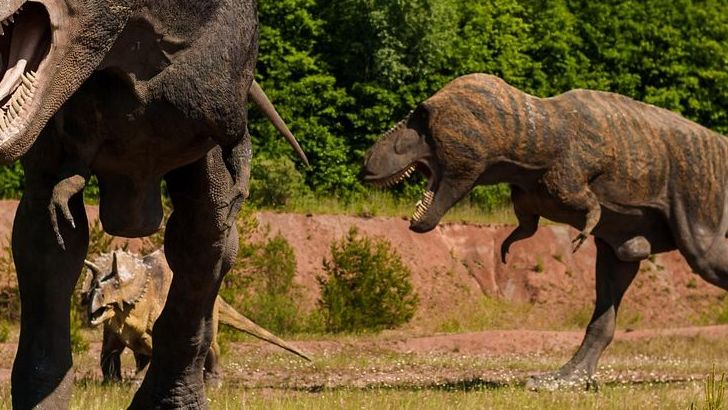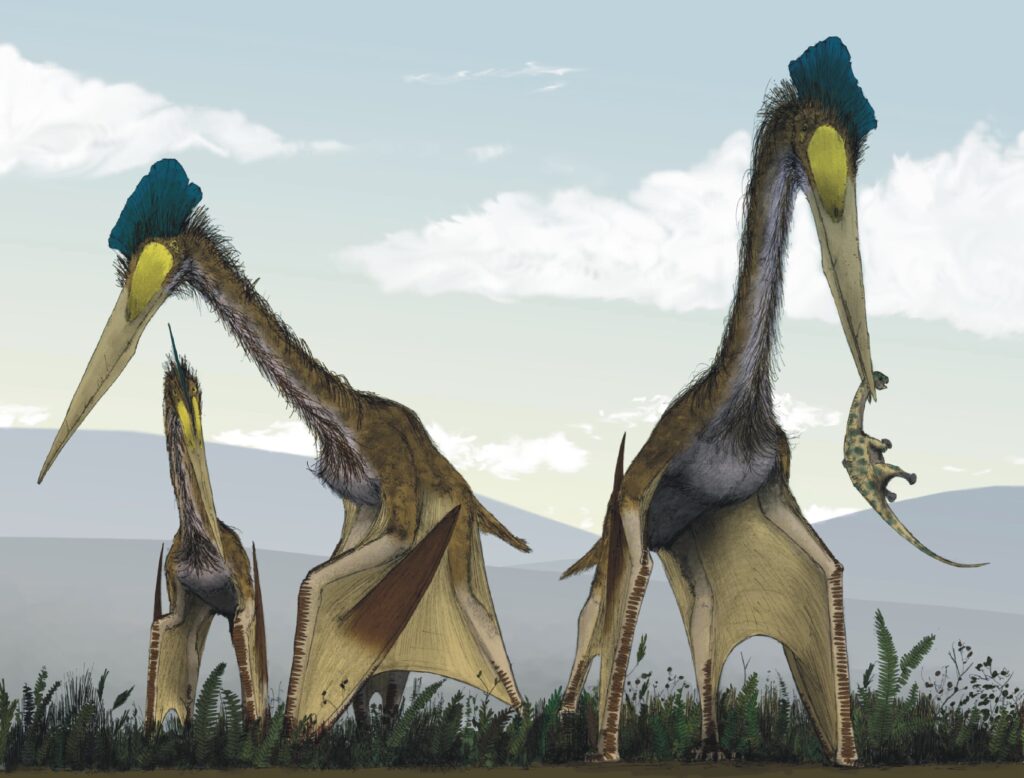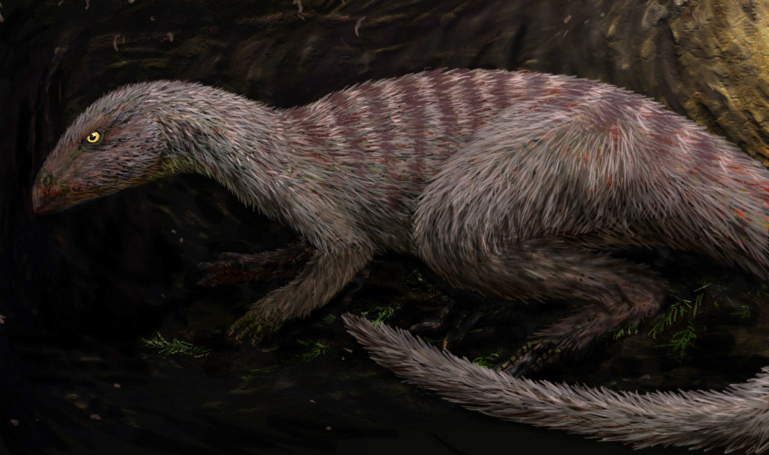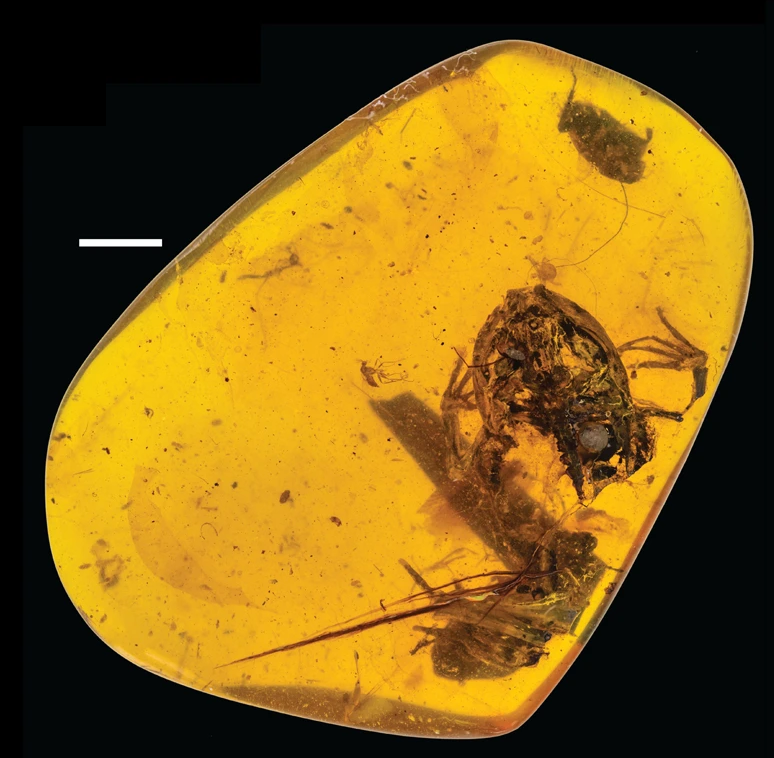Movies have a magical way of bringing the past to life, yet when it comes to dinosaurs, Hollywood has taken some serious creative liberties. These prehistoric giants have captivated our imagination for decades through blockbuster films, yet many of the “facts” we think we know about them come from fiction rather than fossil evidence.
From the thunderous roars that shake movie theaters to the epic battles between species that never coexisted, cinema has created a dinosaur mythology that’s surprisingly far from reality. Scientists have spent years unraveling these misconceptions, revealing truths that are often even more fascinating than the Hollywood versions. So let’s dive in and discover what paleontology really tells us about these ancient creatures.
T-Rex Vision Wasn’t Based on Movement

The iconic scene from Jurassic Park where Dr. Grant whispers “don’t move, he can’t see us if we don’t move” has become one of cinema’s most memorable moments. In the last few years, real-world paleontologists have proven Dr. Grant very wrong, and T. rex had pretty darn awesome vision, and unfortunately Dr. Grant wouldn’t have stood a chance being a mere three feet away from its nostrils.
Research has shown that the T. rex’s binocular range was 55 degrees which is actually greater than that of a hawk, with Stevens determining that a T-Rex’s binocular range was 55 degrees, which is wider than even hawks. According to his findings, while admitting that these were best-case scenario determinations, the T-Rex may well have had visual clarity up to 13 times better than a modern human, and for reference, an eagle has about 3.6 times the visual clarity of a person.
Dinosaurs Didn’t Roar Like Lions
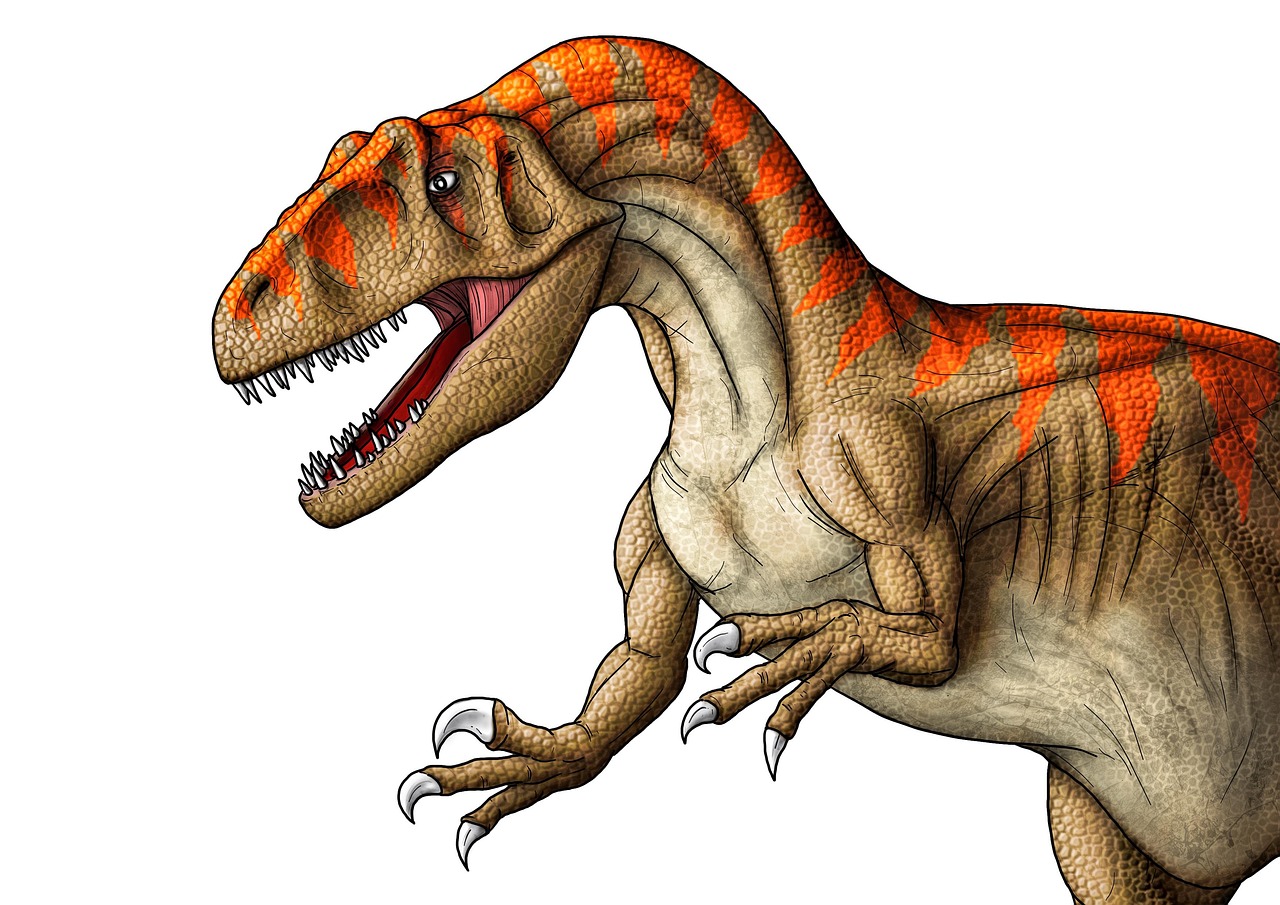
Evidence suggests that dinosaur vocalizations were not likely to have sounded like roars at all, and the exciting, blood-curdling roars in the Jurassic Park franchise are not scientifically accurate. Scientists theorize that many dinosaurs may have produced closed-mouth vocalizations by inflating their esophagus or tracheal pouches while keeping their mouth closed, producing something comparable to a low-pitched swooshing, growling, or cooing sound.
Instead, T.rex would have likely cooed, hooted, and made deep-throated booming sounds similar to the noises its closest living relatives make, crocodilians and birds, since roaring is something typically associated with mammals. The majority of the sounds used to create the Tyrannosaurus sonic palette came from recordings of elephant bellows, with sound designers blending recordings of various modern animals, including the deep, resonant base of the roar from a baby elephant.
Velociraptors Were Turkey-Sized, Not Human-Sized
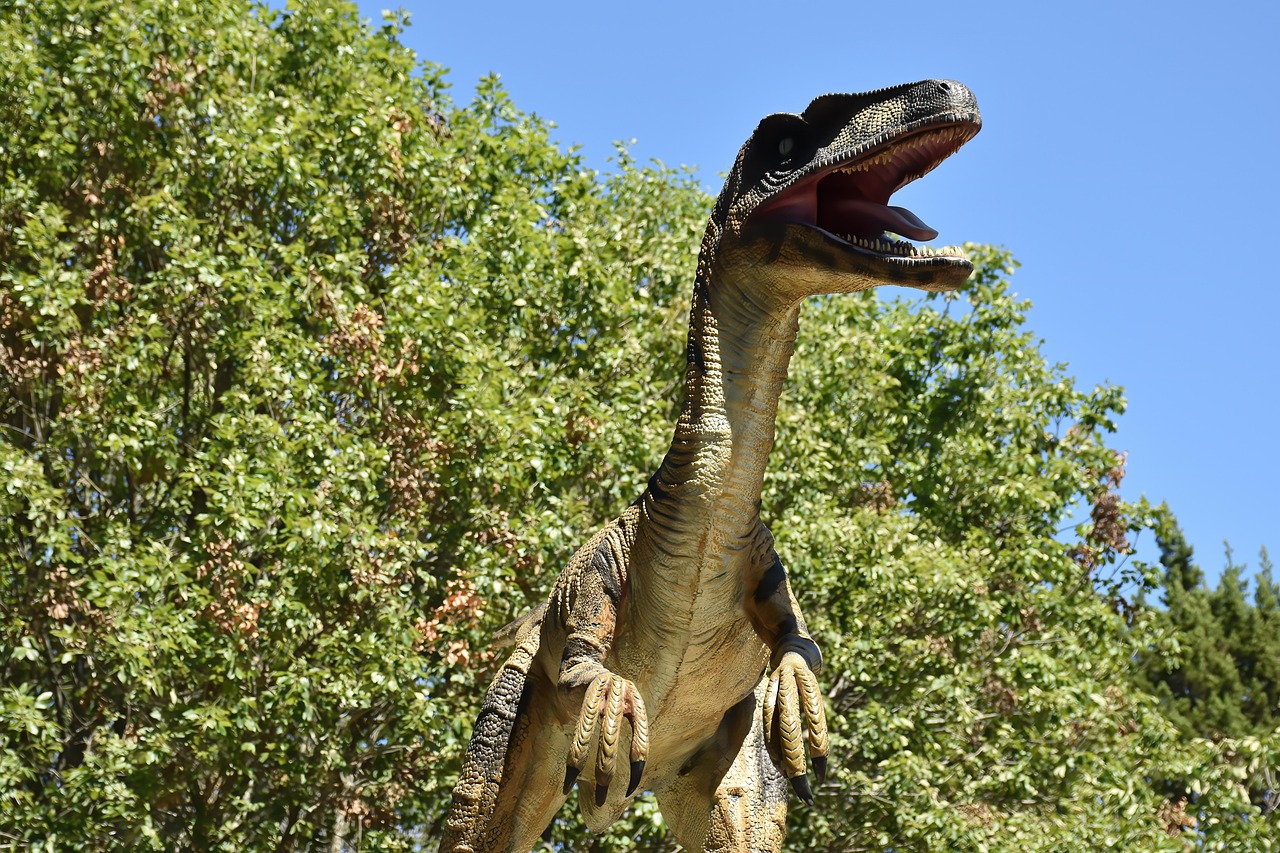
One of the more well-known errors attributed to Jurassic Park is the size of the iconic Velociraptors, and while these terrifying pack-hunters are shown to be standing at roughly head-height with a tall human man in the film, in reality, the dinosaur called “Velocirpator” was about the size of a modern-day turkey. The Velociraptors of Jurassic Park were closer in size to Deinonychus.
In reality, Jurassic Park author Michael Crichton stole the Velociraptor’s more dramatic name and gave it to the larger and more threatening Deinonychus, though oddly, a raptor about the size of the Jurassic Park Velicoraptors, the Utahraptor, was discovered shortly before the film’s premiere. This size confusion has led generations to believe these predators were massive when they were actually much more modest in stature.
Most Dinosaurs Were Actually Feathered
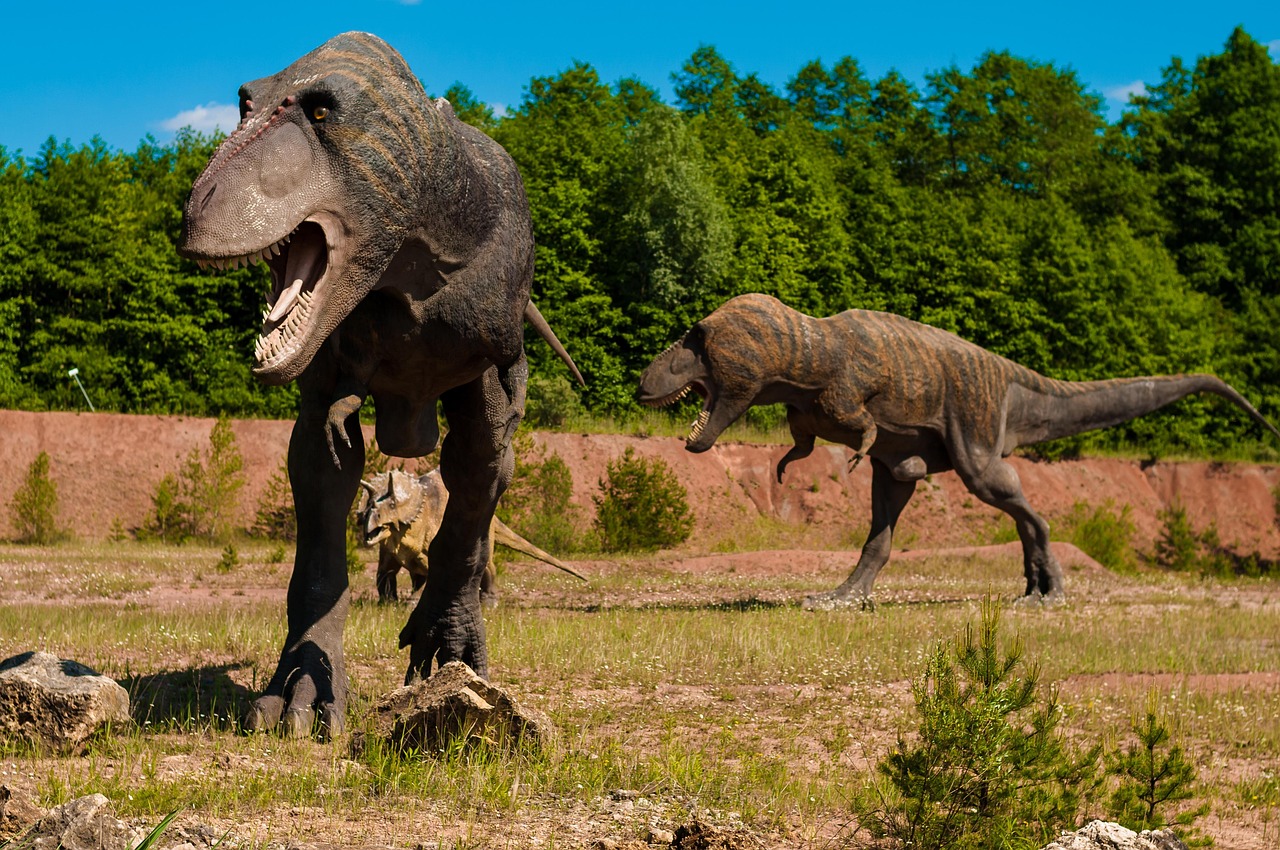
The major thing that’s wrong these days is that they were naked, but starting in the mid-1990s there has been a vast number of discoveries of feathered dinosaurs, and it’s absolutely certain that they would have been covered in feathers. For far too long, the Jurassic Park films have popularized a completely untrue and outdated idea on dinosaurs, namely that huge theropods like T. Rex and Velociraptor were covered in lizard-like scales, when in reality, dinosaurs are far more closely related to birds than modern-day reptiles.
Dinosaurs’, particularly theropods, closest living descendents are birds, but Jurassic Park makes them appear more like reptiles, when many dinosaurs, including Tyrannosaurs, are believed to have had colourful feathers on their bodies that they likely used to attract mates. It wasn’t until Jurassic World Dominion included feathered dinosaurs that the series finally acknowledged this glaring mistake.
Dilophosaurus Wasn’t a Venomous Spitter
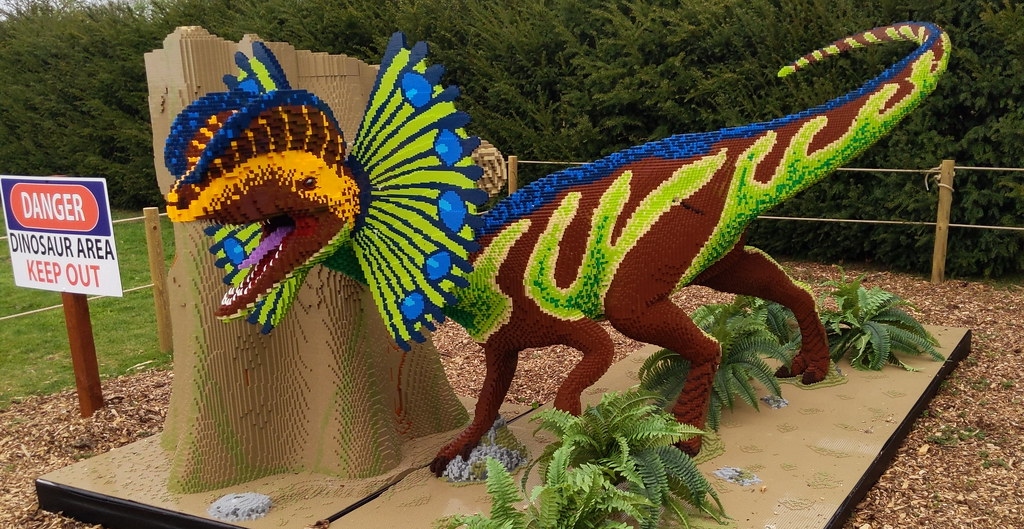
In the 1993 film Jurassic Park, a nefarious character meets his demise during an encounter with a Dilophosaurus that morphs into a true menace when it extends a large neck frill, hisses, and spits venom in the man’s eyes. We don’t have any evidence that Dilophosaurus or in fact any dinosaurs were able to produce venom, and it also had this frill in the film and we don’t have any evidence for that either.
Rather than a small dinosaur that relied on gimmicks such as venom and a neck frill to subdue its prey, Dilophosaurus was a powerful predator and one of the largest land animals in North America when it lived during the early Jurassic period. In reality, an adult Dilophosaurus would have reached around seven metres in length. The only accurate feature was the distinctive head crest, which likely served as a display feature for attracting mates.
T-Rex Couldn’t Run 40 Miles Per Hour
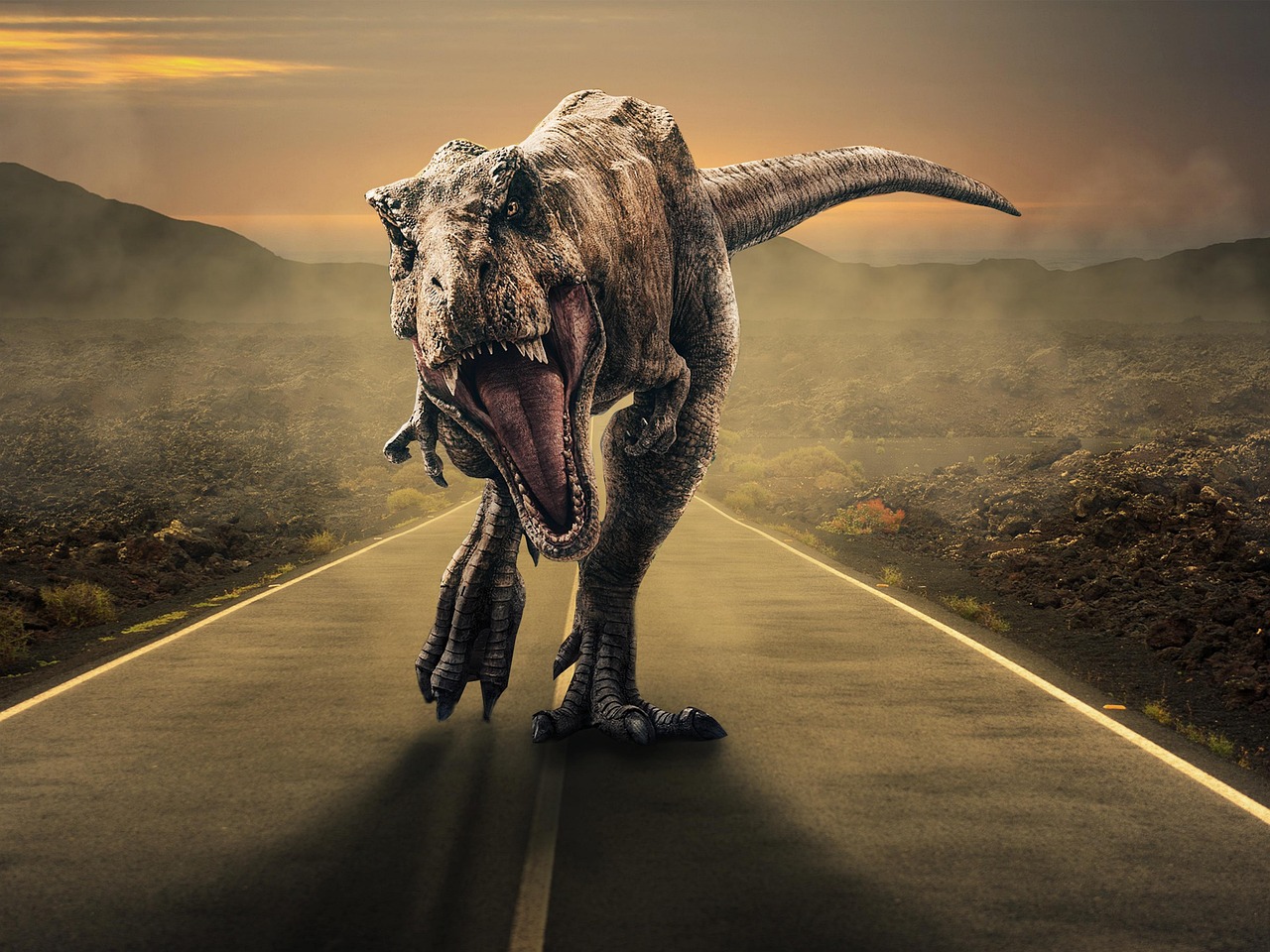
For some time, there was a common misconception among Paleontologists that a T-Rex could run up to 40 mph, and this was the prevailing mode of thought when Jurassic Park was made, making it seem entirely plausible that the T-Rex could match the speed of the escaping jeep. New studies concluded that they were limited to a walking speed of about 12 miles per hour, which means that the dramatic jeep chase sequence from the movie would have been a lot less exciting in reality.
A T-Rex has a running speed of only about half that of the movie portrayal since they often didn’t need to go any faster because the herbivores they were snacking on were quite lumbering as well, which means that in a car, it wouldn’t be so hard to get away from one. The massive size and weight of these predators simply made high-speed chases physically impossible.
Dinosaur Hand Positions Were All Wrong
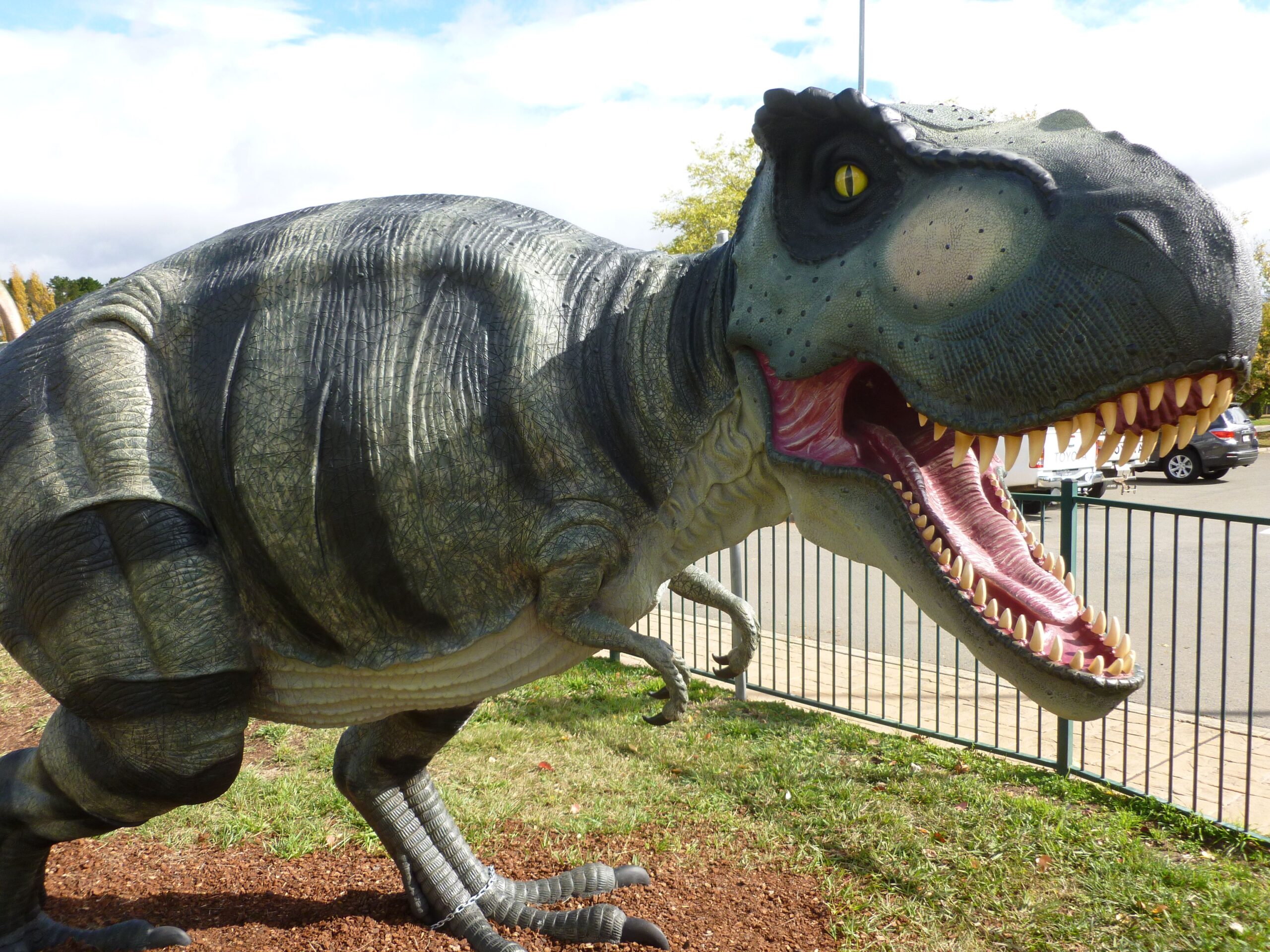
A lot of dinosaurs have this problem where you often see them looking like they’re pianists, but when you actually look at the hands and how they work, their palms would actually be facing each other since they couldn’t rotate their hands into that downward pose and no meat-eating dinosaur that we know of could do that.
Movies consistently show predatory dinosaurs with their hands facing downward like human pianists, yet anatomical evidence proves this position was anatomically impossible. Their wrist joints simply didn’t allow for this kind of rotation. Instead, their palms would have faced inward toward each other, more like they were perpetually ready to clap rather than play piano.
Different Time Periods Got Mixed Together
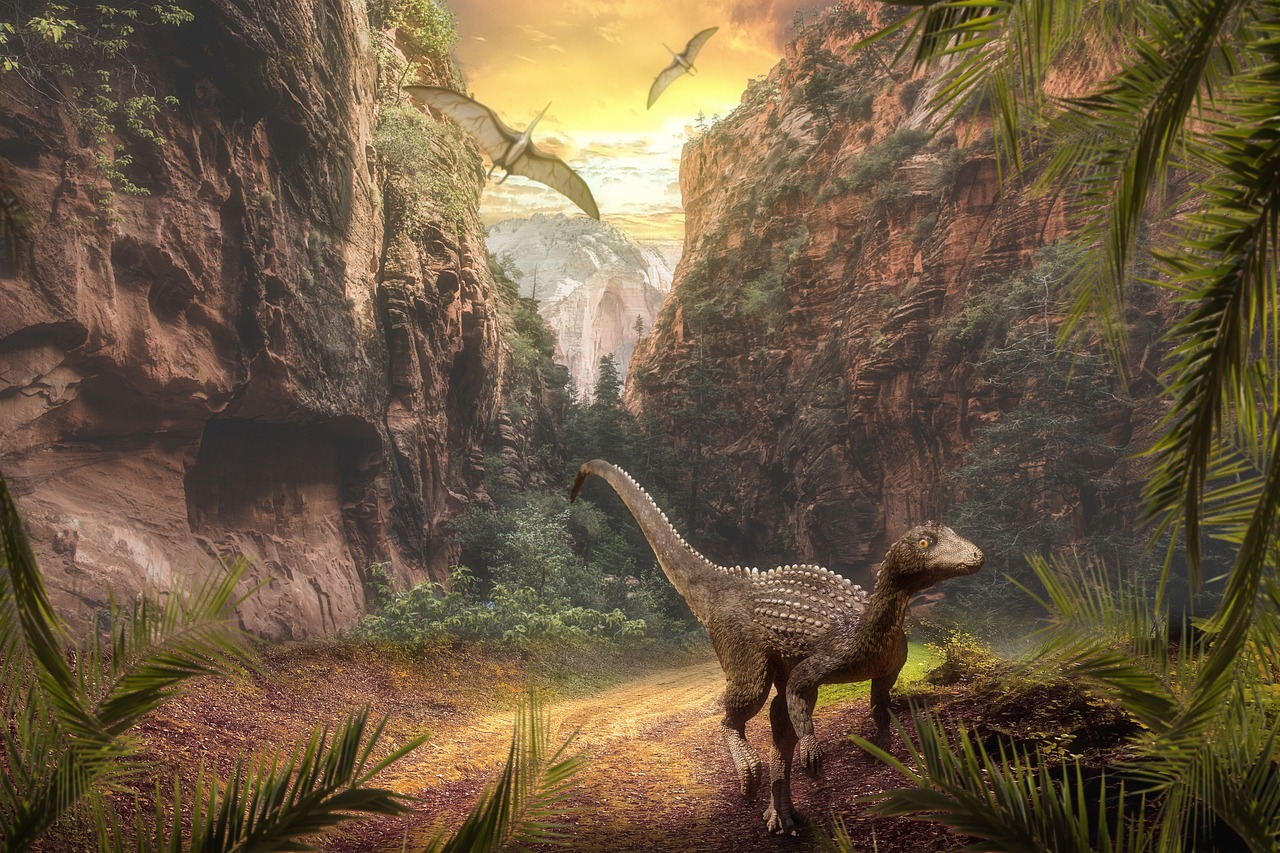
Dinosaurs ruled for over 150 million years and lived on every continent, and most of the dinosaurs in the Jurassic Park/World movies did not meet each other in the real world, with most living in the Cretaceous, and to put this in perspective: Tyrannosaurus rex was closer in time to us than it was to Stegosaurus, which lived about 80 million years earlier. In 2001, Jurassic Park viewers watched as Tyrannosaurus took on Spinosaurus and lost, but these giants actually missed each other by about 25 million years, and where T. rex lived in the Late Cretaceous, it was the only very large carnivore.
The time gap between some of these dinosaur species is larger than the gap between T. rex and modern humans. The Spinosaurus fighting and killing a T.rex in the third film is complete fiction since these two species never lived at the same time, nor in the same region, not to mention that Spinosaurus likely would not have ventured out of the water or eaten much but fish.
Pterosaurs Couldn’t Lift Humans
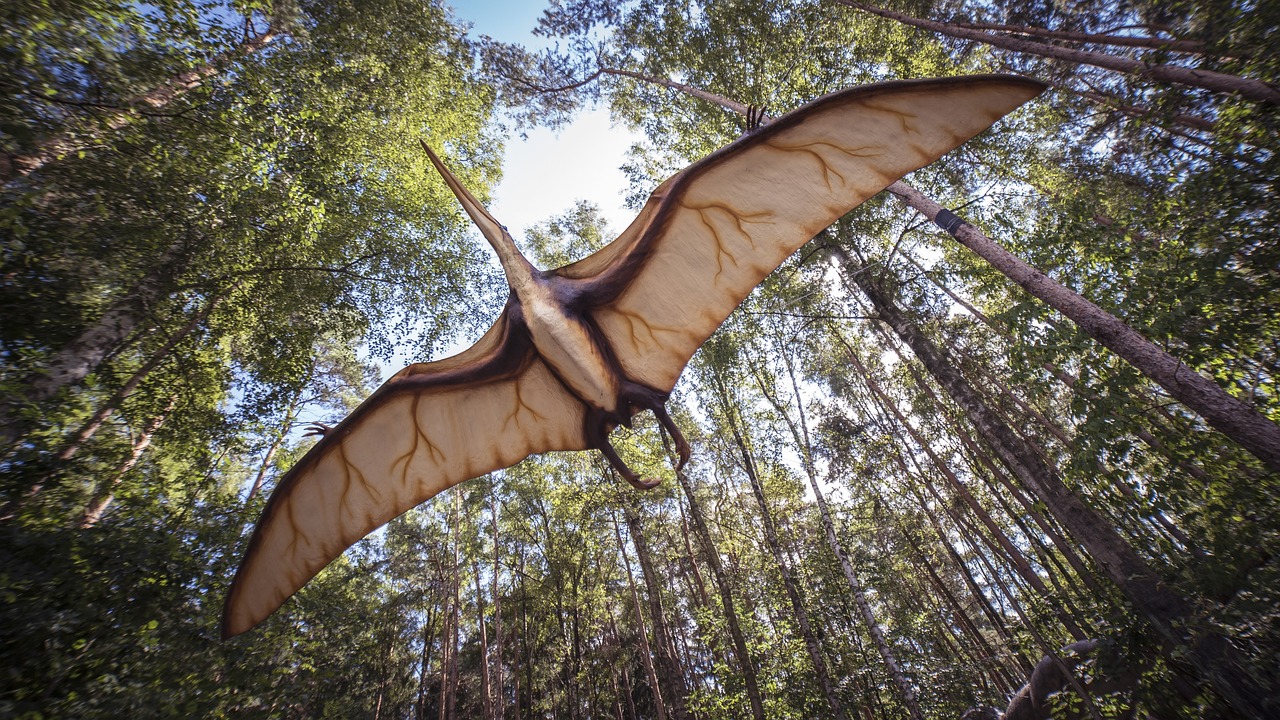
Despite not technically being dinosaurs, Pterosaurs have slowly become an iconic part of the Jurassic Park movies, always managing to escape their domed enclosures, and in Jurassic Park III and Jurassic World, they’re shown as being able to lift hapless humans off the ground and into the air to be devoured later, but in reality, Pterosaurs like Dimorphodon and Pteranodon wouldn’t have been able to lift human beings off the ground.
It’s more likely that such animals primarily hunted fish, swallowing them whole down their gullets like pelicans. Their delicate bone structure and relatively weak muscles made them unsuited for carrying heavy loads. The dramatic aerial kidnappings we see in movies would have been impossible given their lightweight build designed for efficient flight rather than heavy lifting.
All Dinosaurs Weren’t Gigantic Monsters
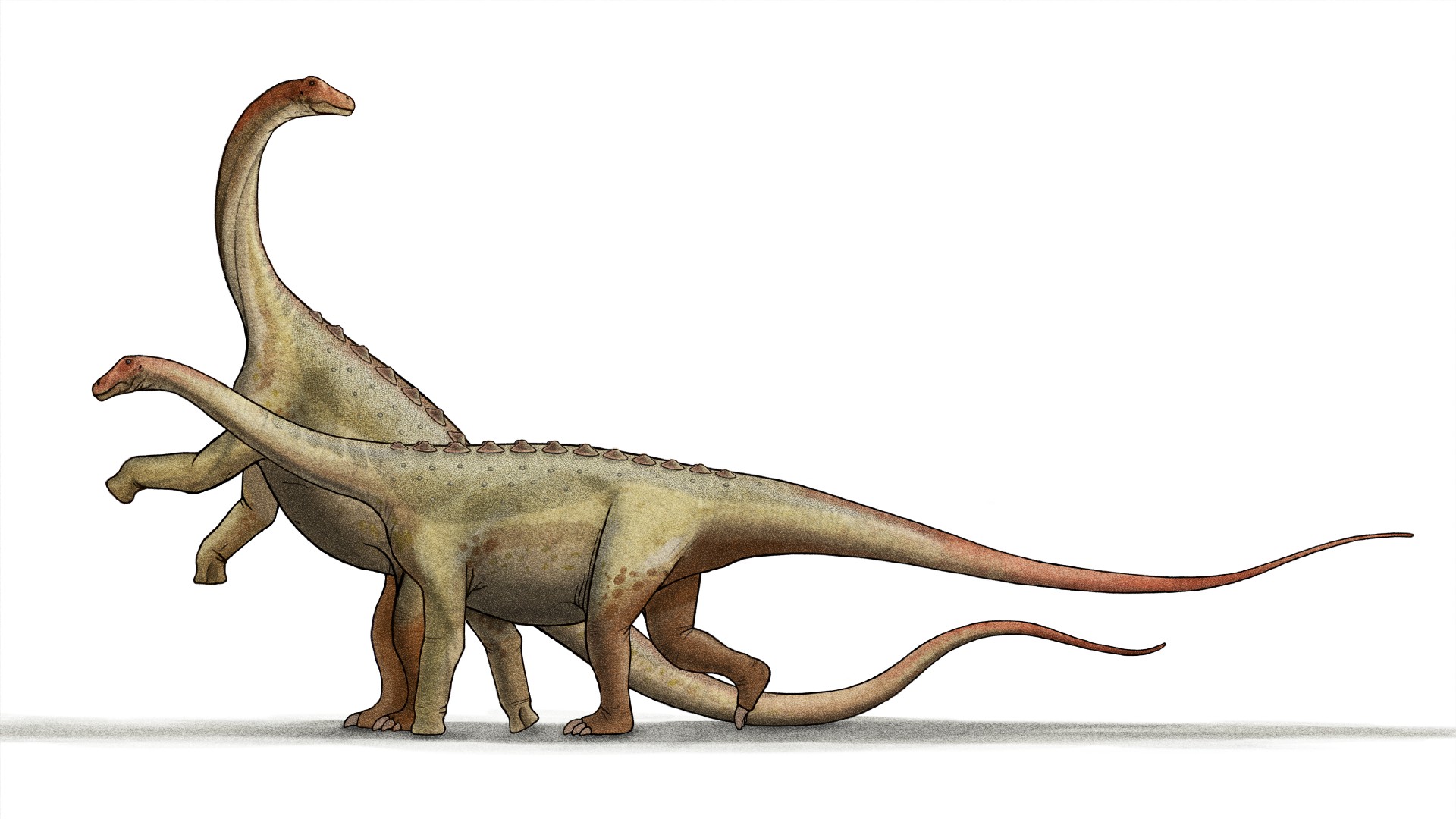
All dinosaurs were huge is a myth, since the gigantic dinosaurs were indeed the largest creatures ever to live on land, but most dinosaurs were much smaller, and many of them such as the nasty “compys,” or Compsognathus were small. Hollywood’s focus on the largest, most dramatic species has created a skewed perception of dinosaur diversity.
The reality is that dinosaurs came in an enormous range of sizes, from creatures smaller than chickens to the massive sauropods we typically associate with the group. Many were no larger than modern birds, which makes sense given that birds are actually living dinosaurs themselves. This size diversity allowed them to occupy countless ecological niches and thrive for over 150 million years.
Conclusion
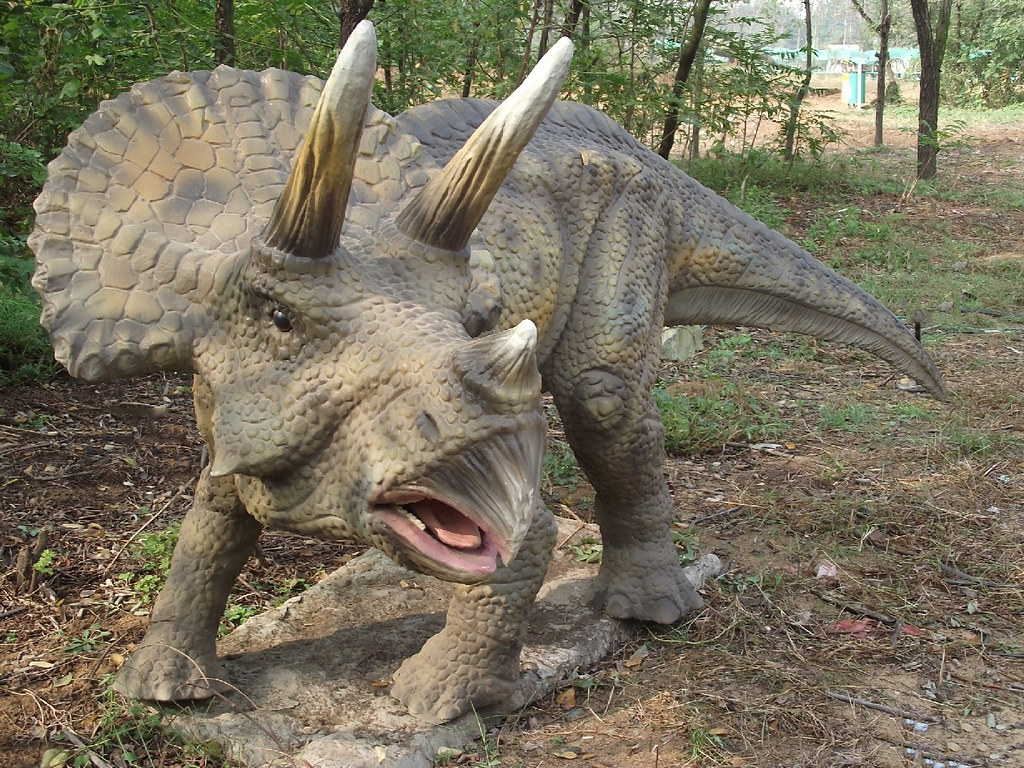
These movie myths have shaped our understanding of dinosaurs for decades, yet the scientific reality is often far more intriguing than Hollywood fiction. From feathered predators that cooed instead of roared to turkey-sized raptors and anatomically impossible hand positions, the truth challenges our cinematic expectations.
So the next time you see dinosaurs portrayed in movies or on TV, remember that most of it is incorrect or just made up since they are entertainment, not science. The real dinosaurs were remarkable creatures that dominated Earth for millions of years through incredible diversity and adaptation. What do you think about these surprising revelations? Tell us in the comments.

